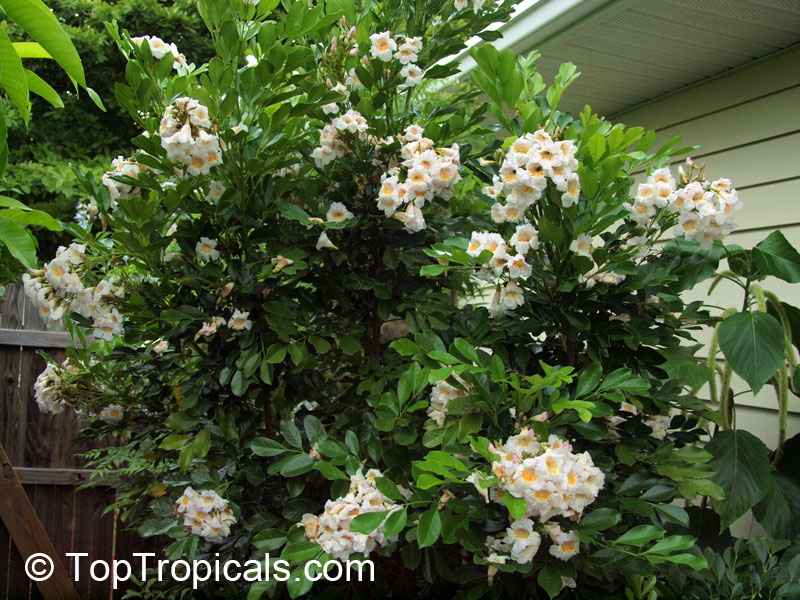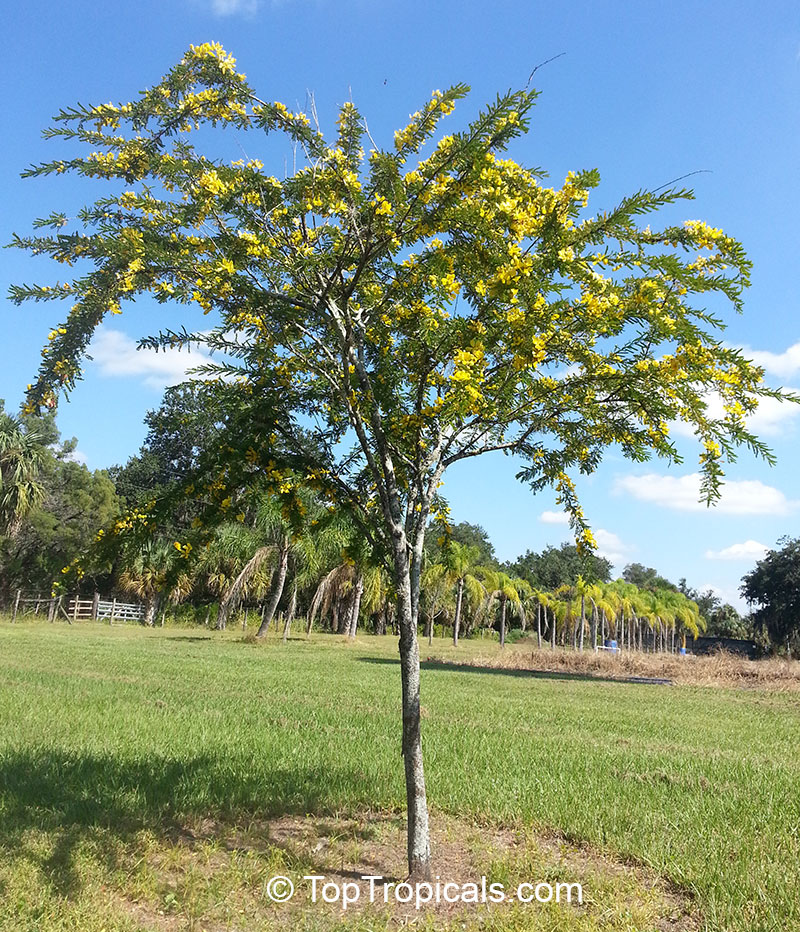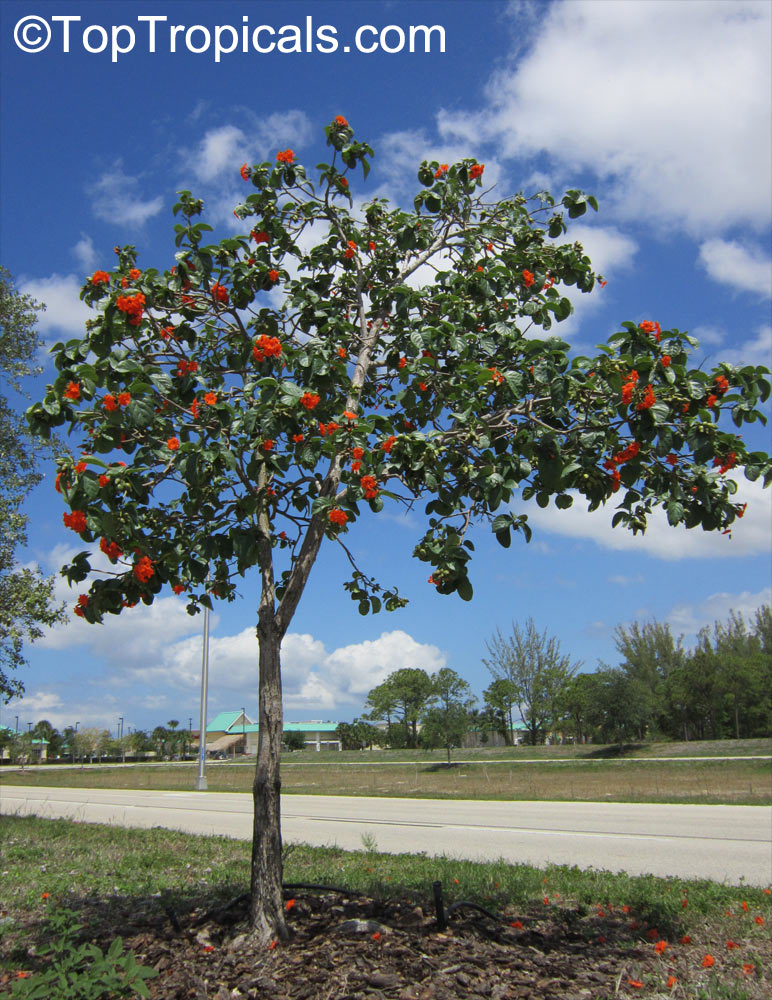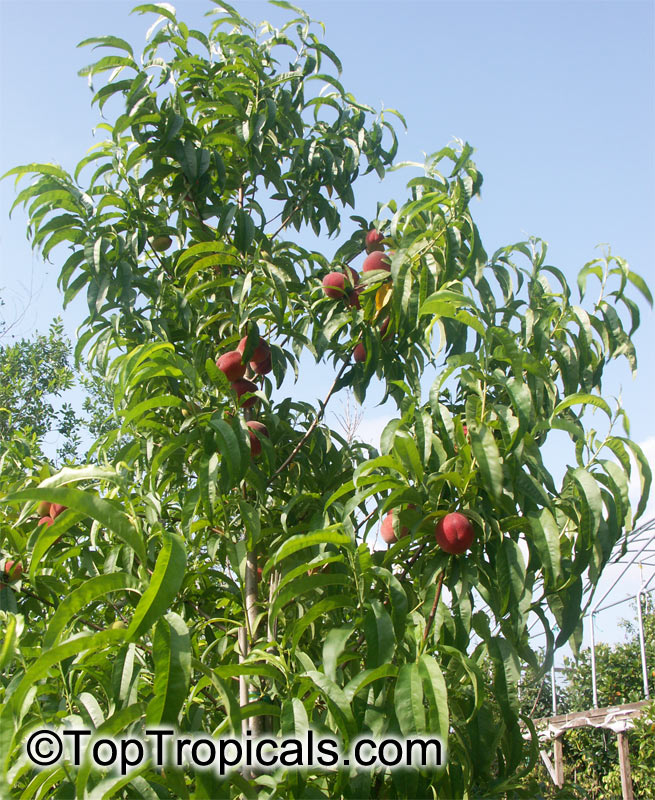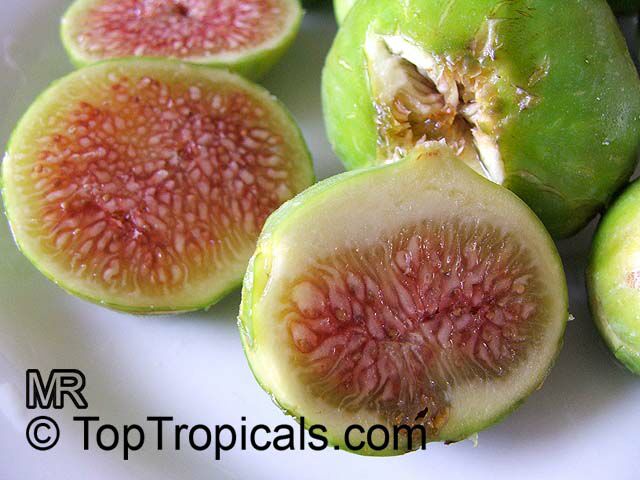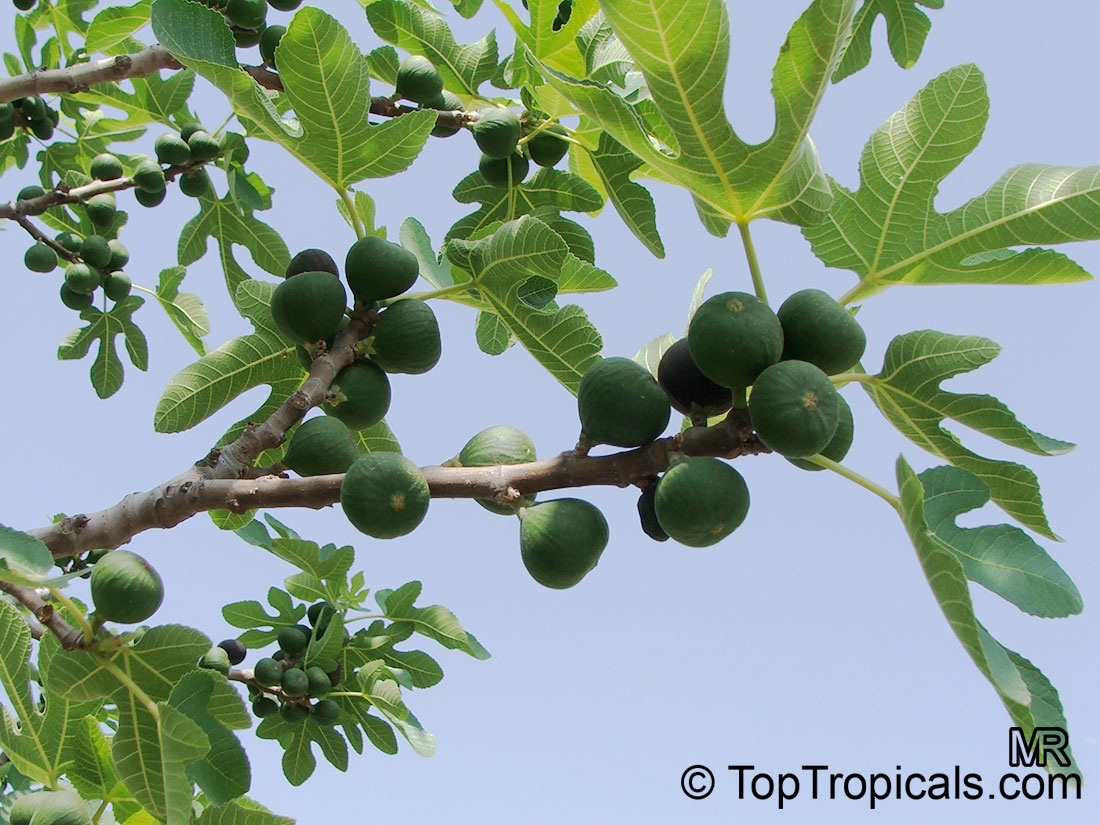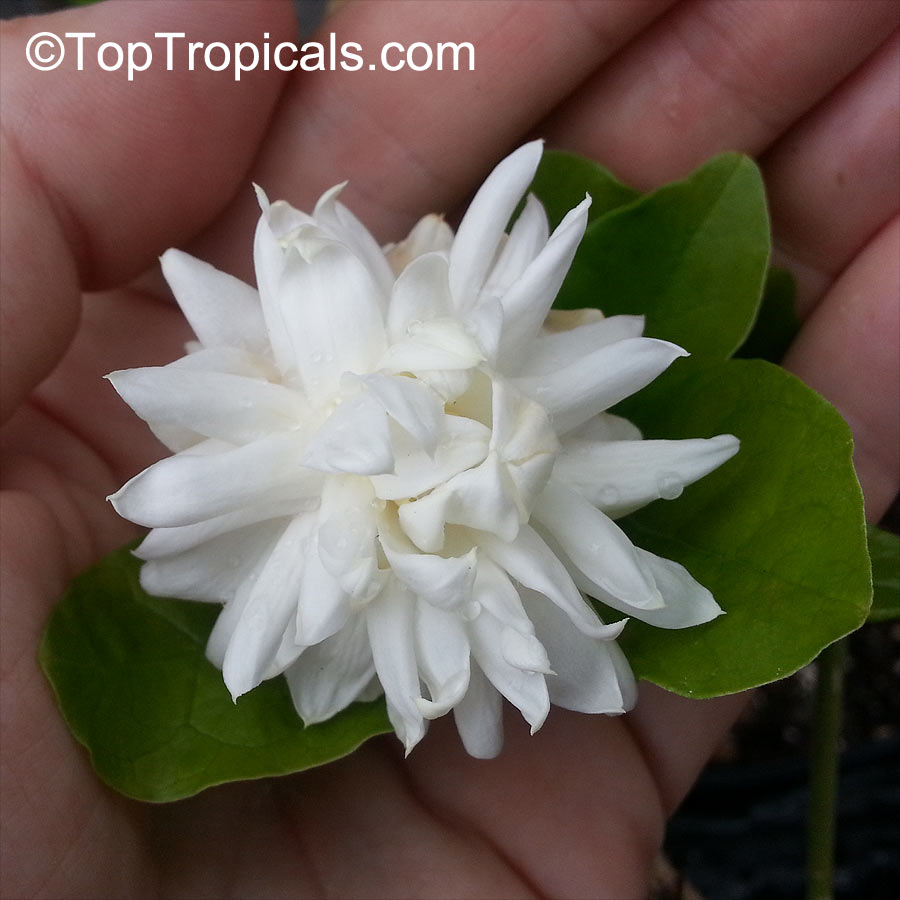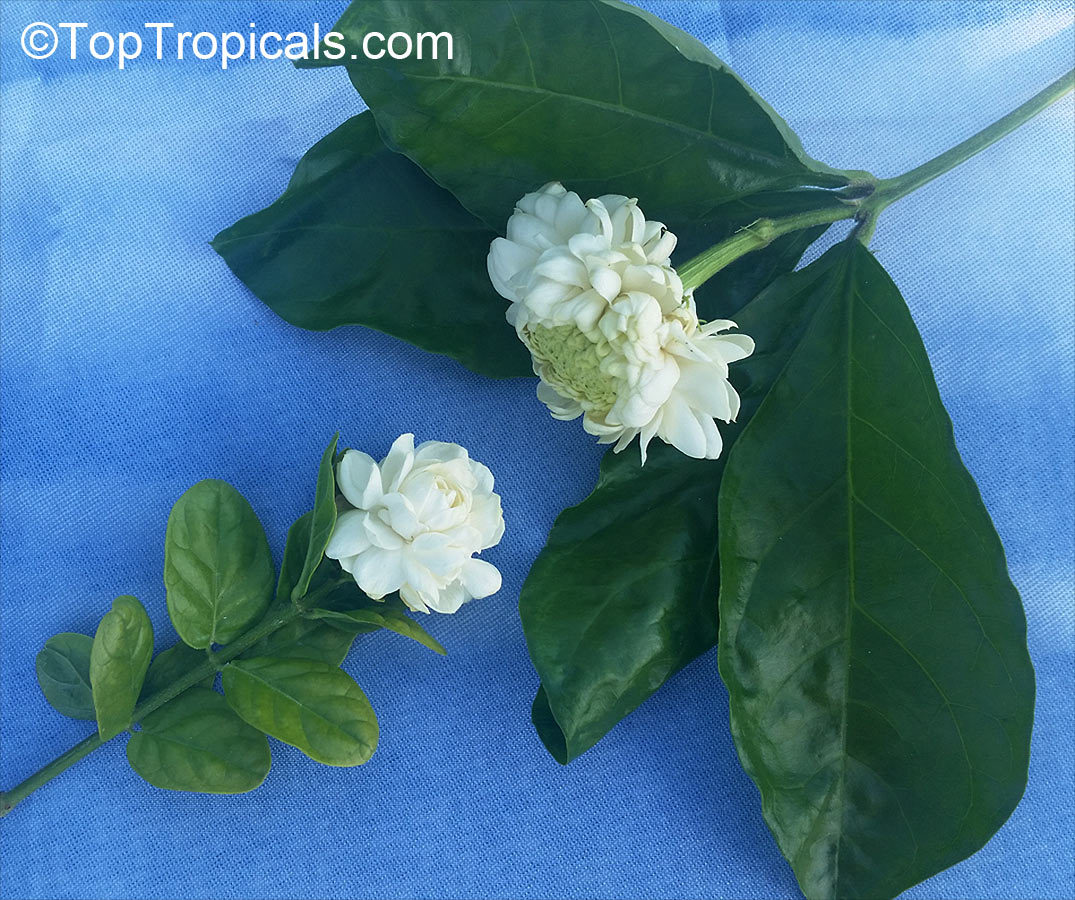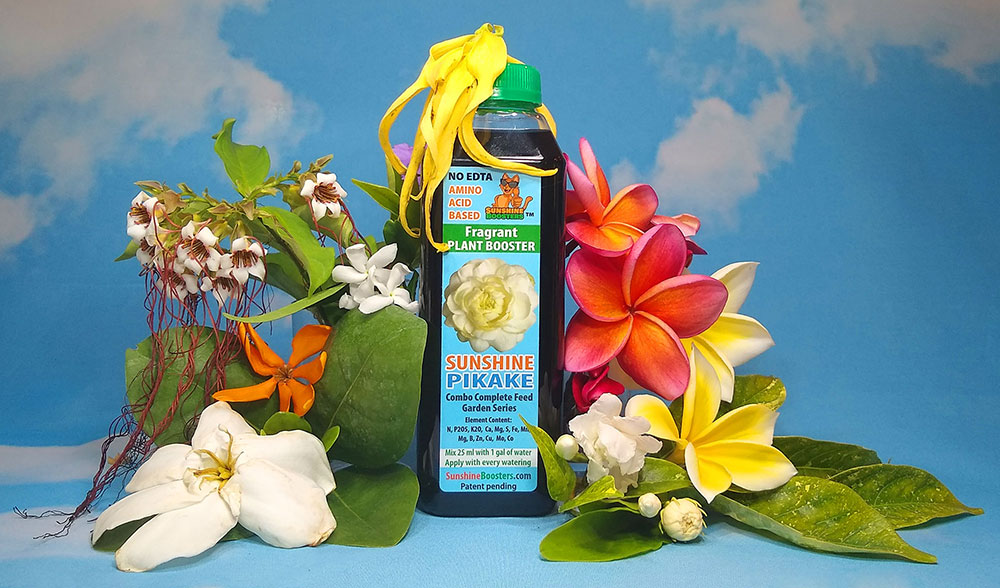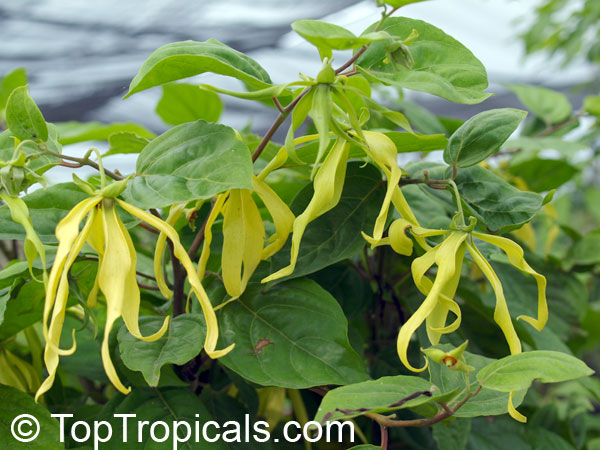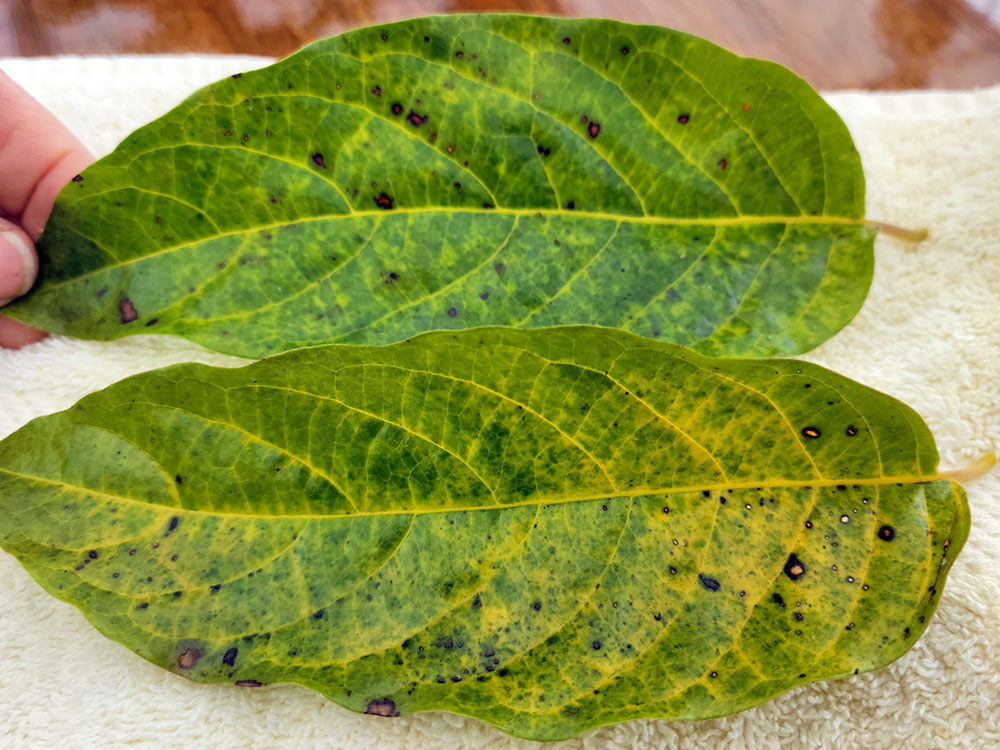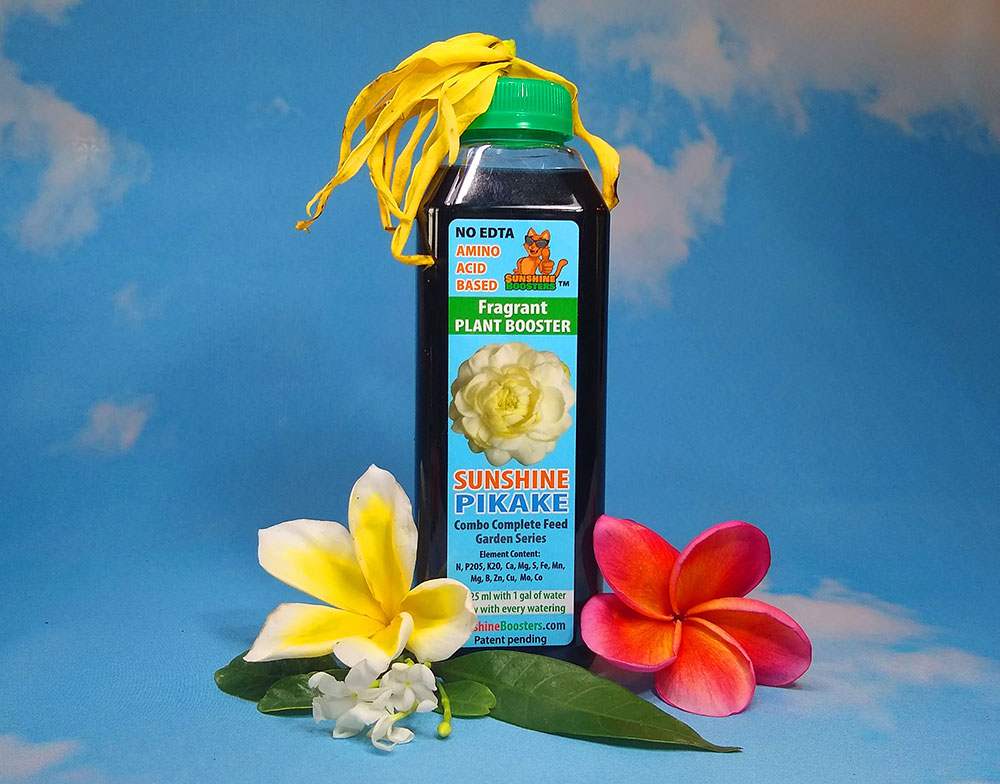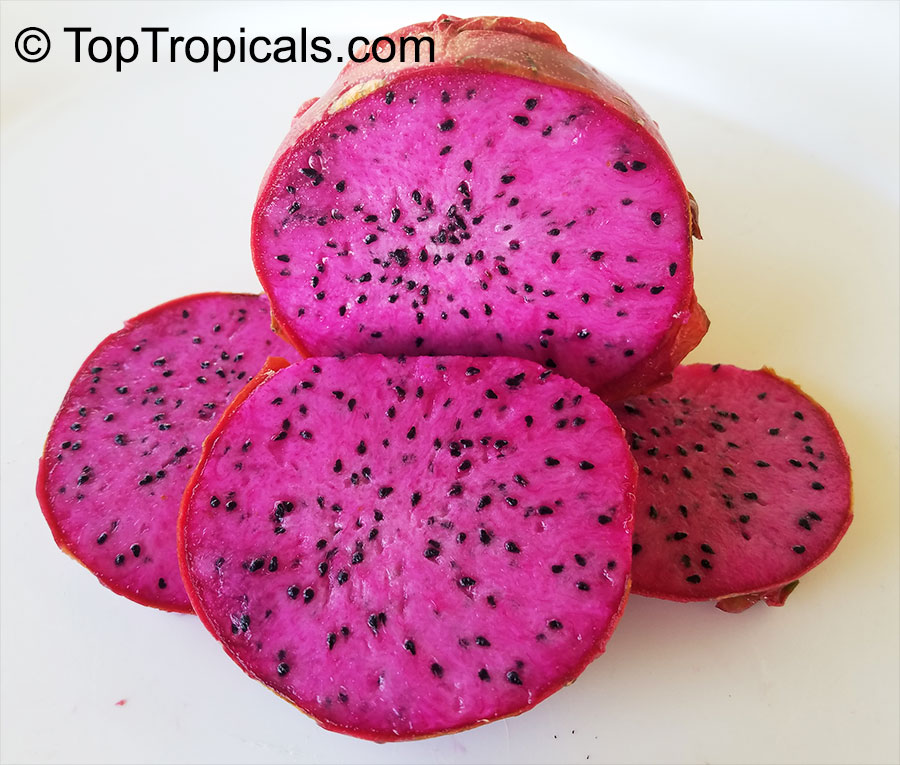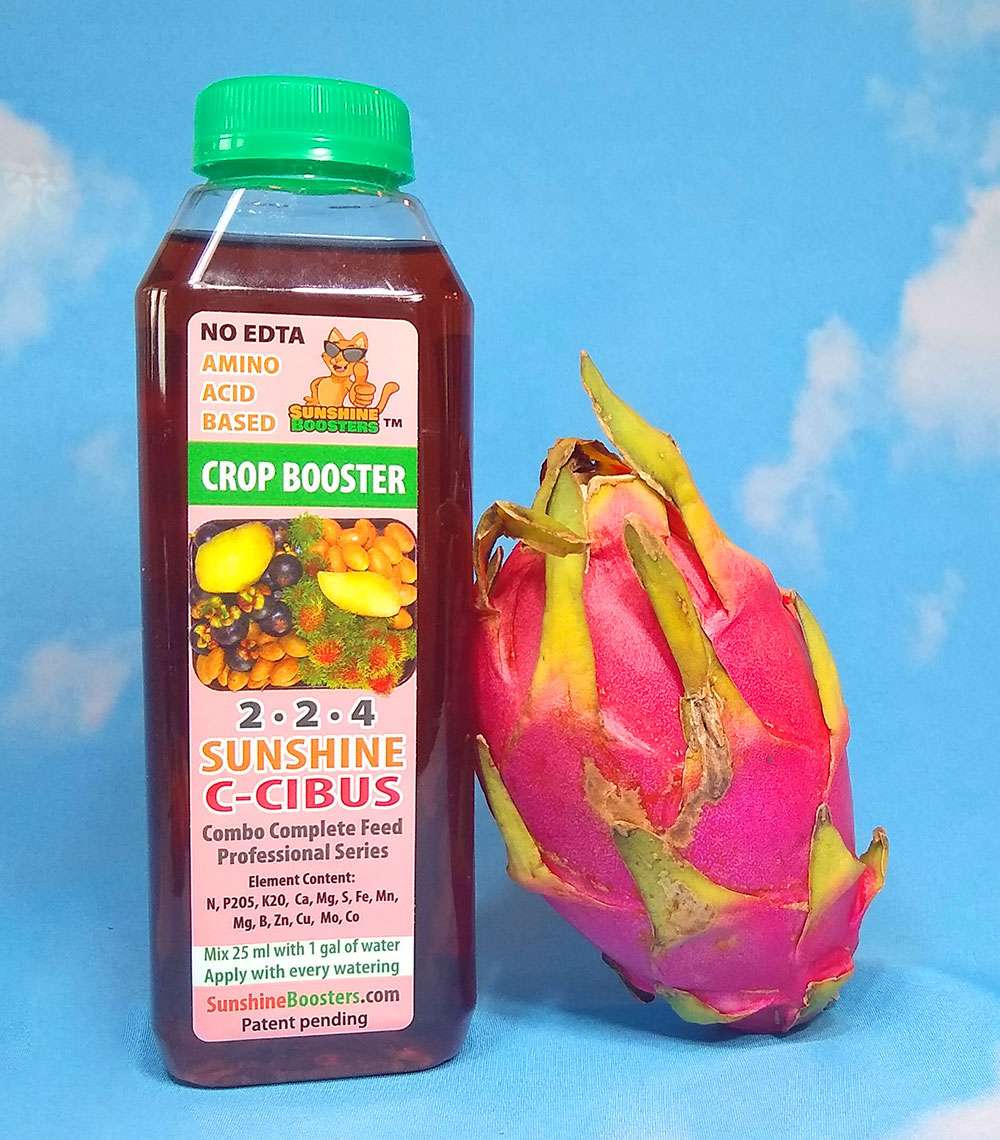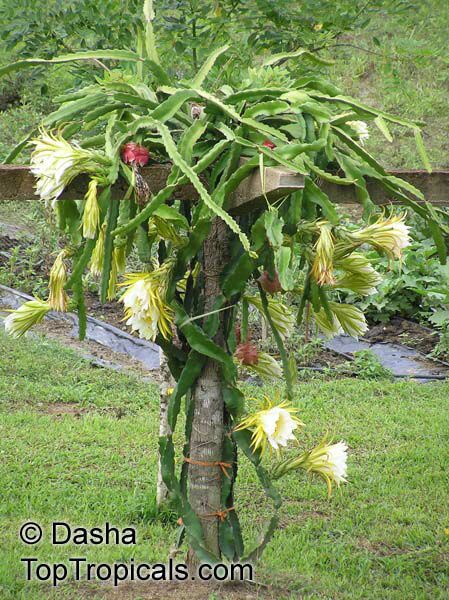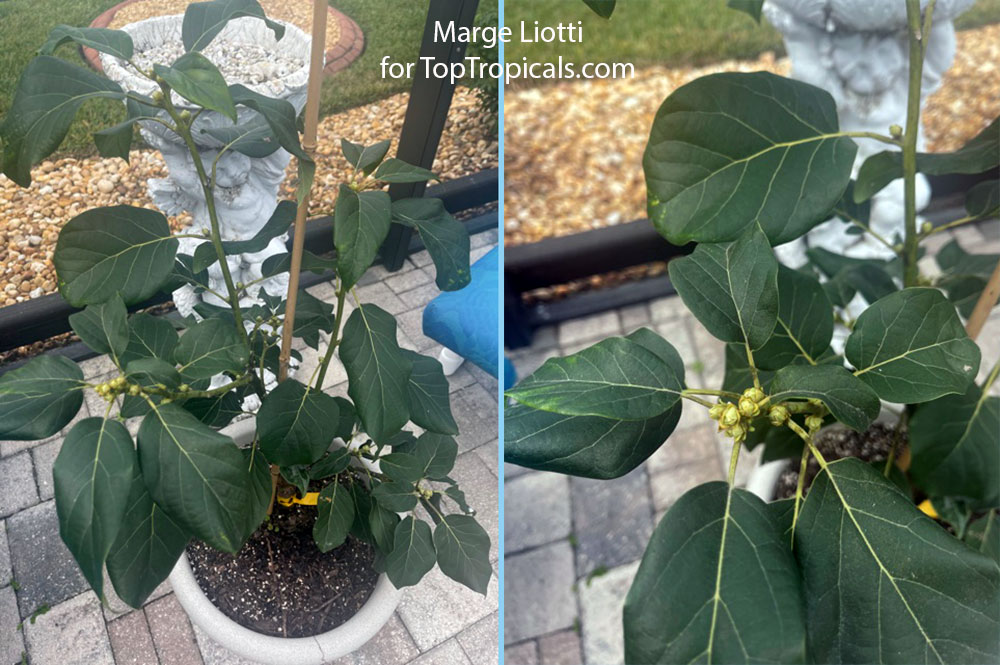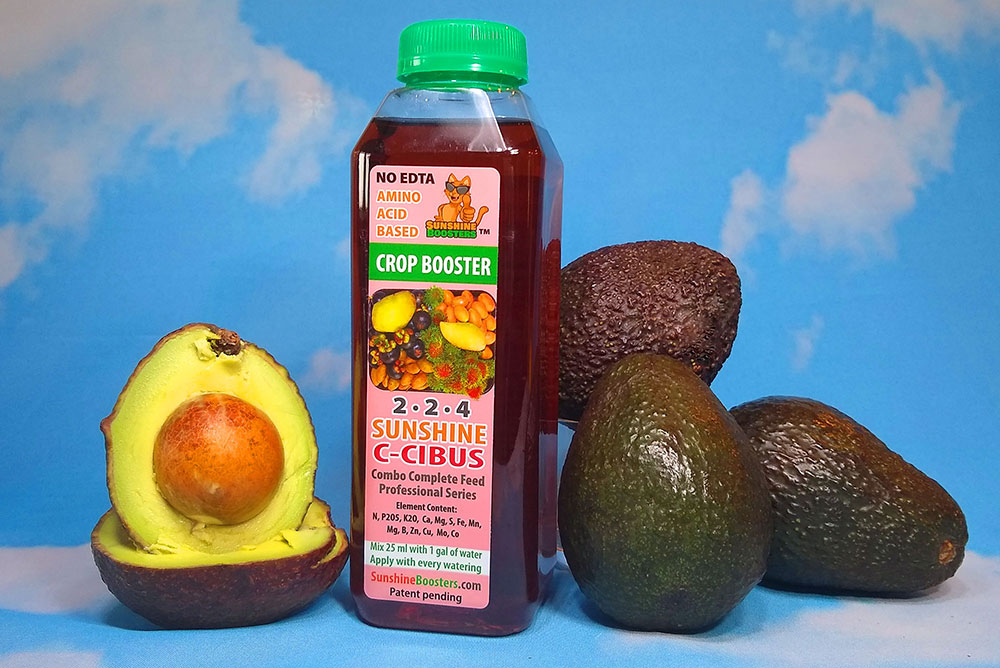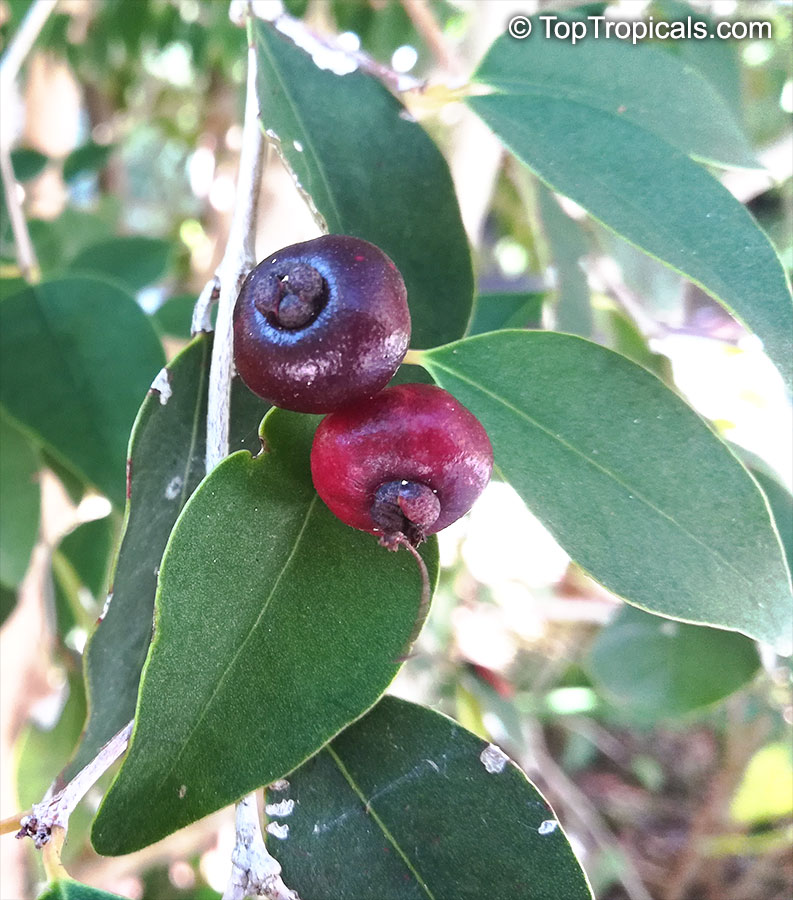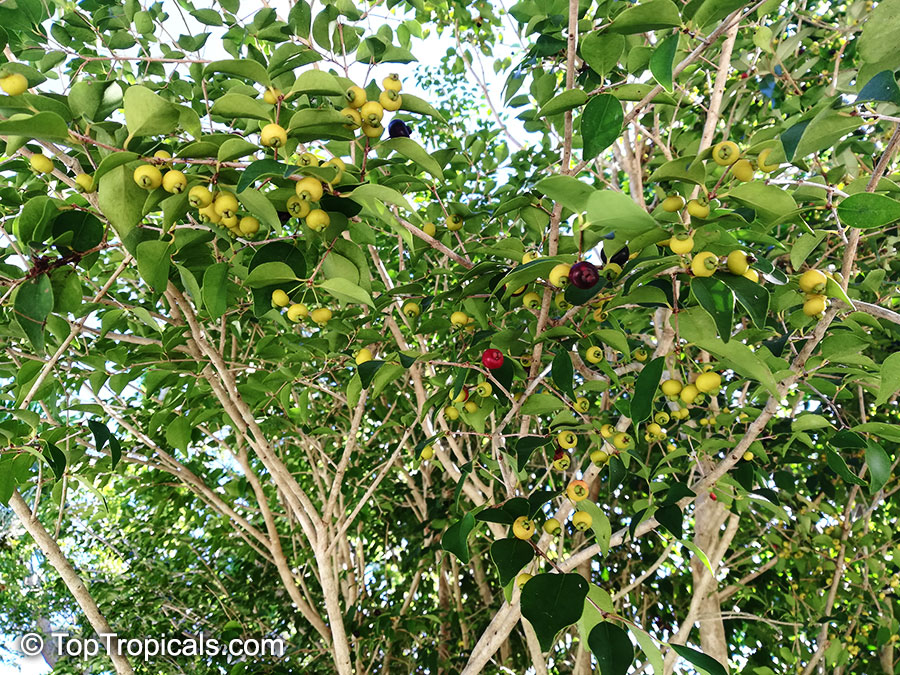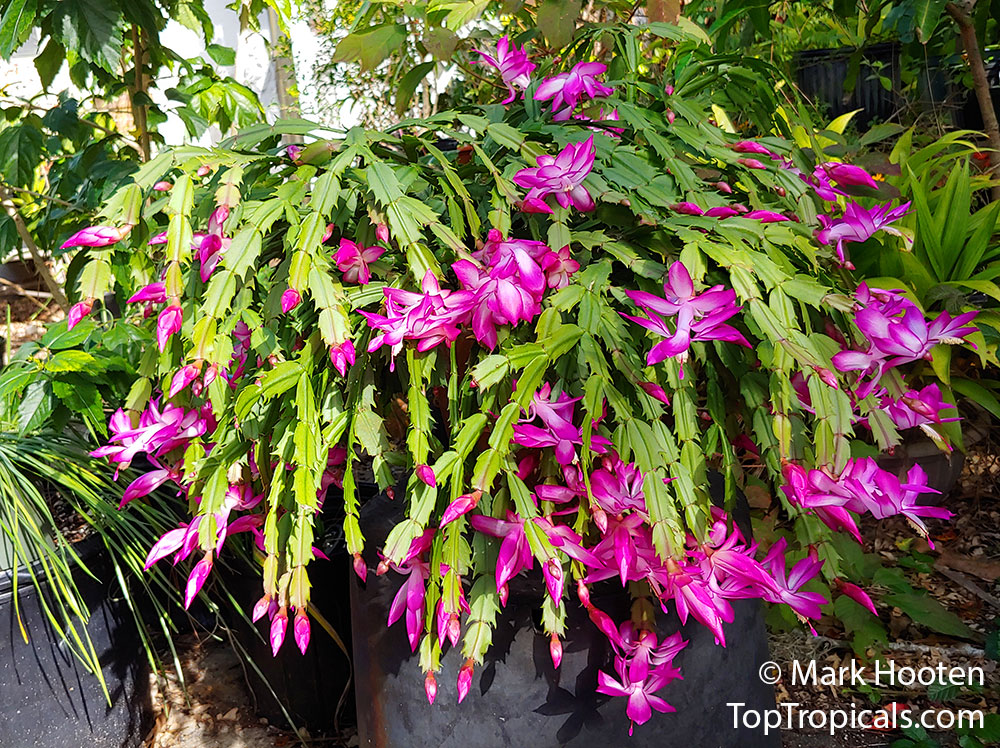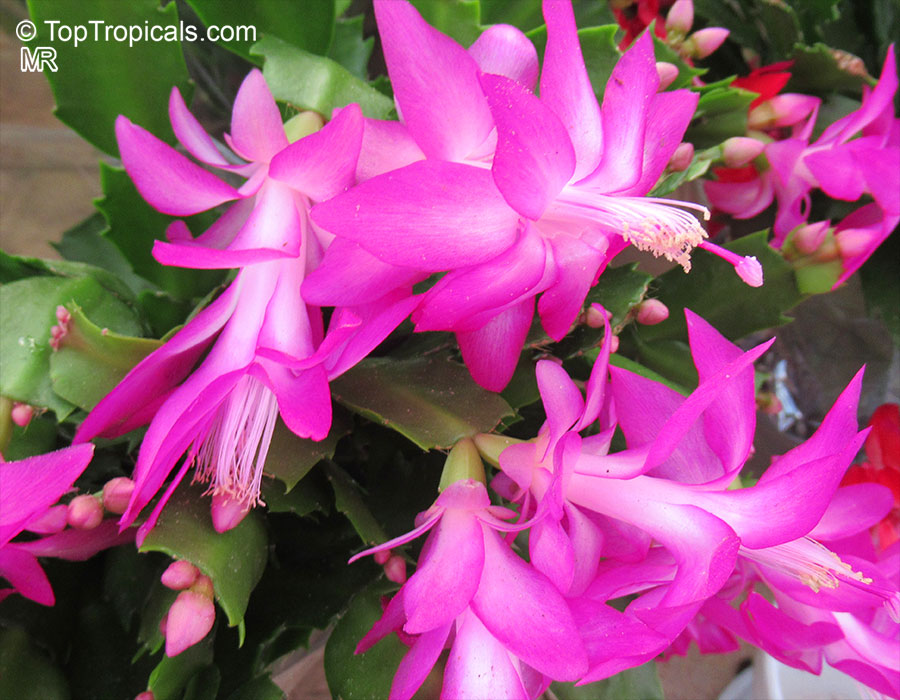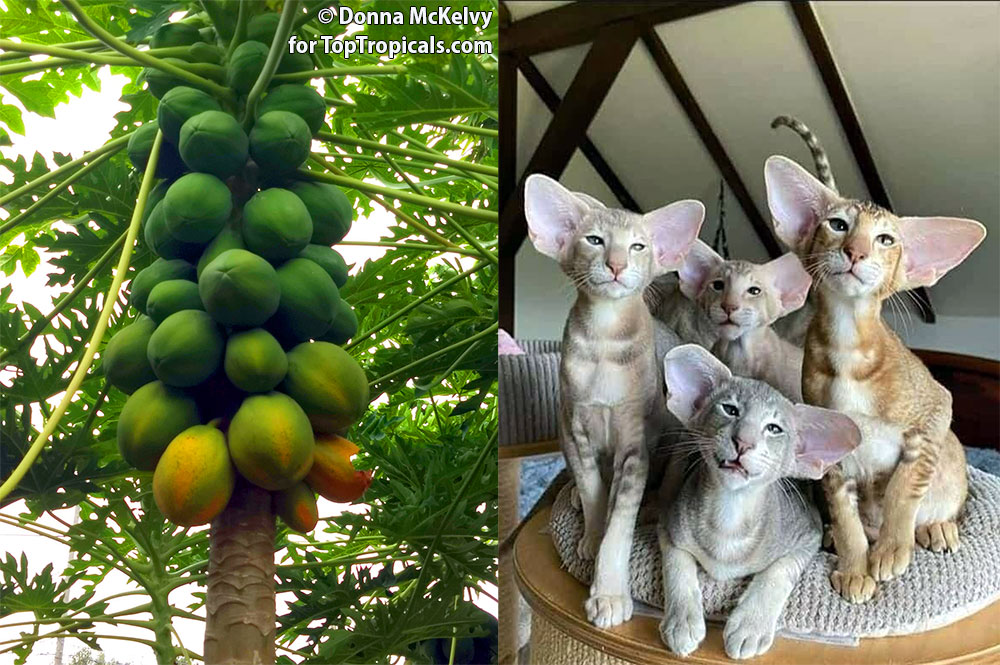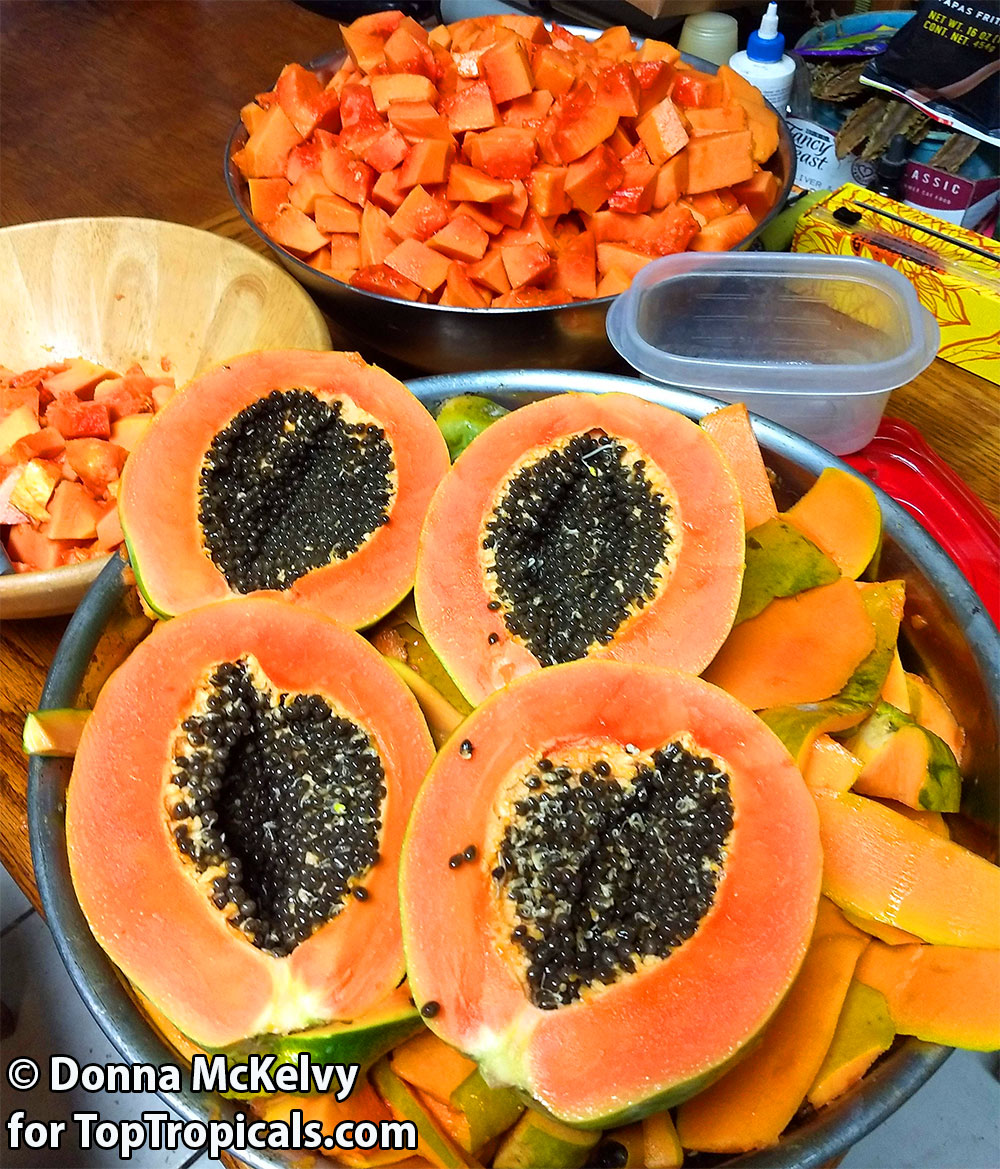Date:
Small flowering tree for community
Q: Hi, I live on the east coast near West Palm, but I see you ship your plants. My HOA allows for Yellow Tabebuia species and I'm looking for two or three smaller trees that can fit in my front yard in smaller spaces. Ideally looking for trees that would stay under 20' in height, but preferably even smaller. Can you tell me the average height and spread of the Dwarf Golden Tabebuia or Silver Trumpet trees?
A: The Yellow Tabebuia - Tabebuia caraiba is a very good choice for a small yard. It grows about
20 ft average size, 7-10 ft wide. Sometimes taller, but it is slow growing
and it will take many-many years to grow to a bigger size. It is a spectacular
tree when in bloom, however, keep in mind that it is not very wind
resistant; although it is not difficult to secure it back being a small tree. Another
Tabebuia which is even more compact tree, has stronger root system and is
more wind resistant:
Tabebuia chrysotricha - Dwarf Golden Tabebuia
Also some other interesting choices:
Radermachera Kunming - Dwarf Tree Jasmine
Senna
polyphylla - Bahamas Cassia, Desert Cassia
Cordia
sebestena - Scarlet Geiger tree
See full list of compact small trees
Tabebuia chrysotricha - Dwarf Golden Tabebuia
Radermachera Kunming - Dwarf Tree Jasmine
Senna polyphylla - Bahamas Cassia, Desert Cassia



